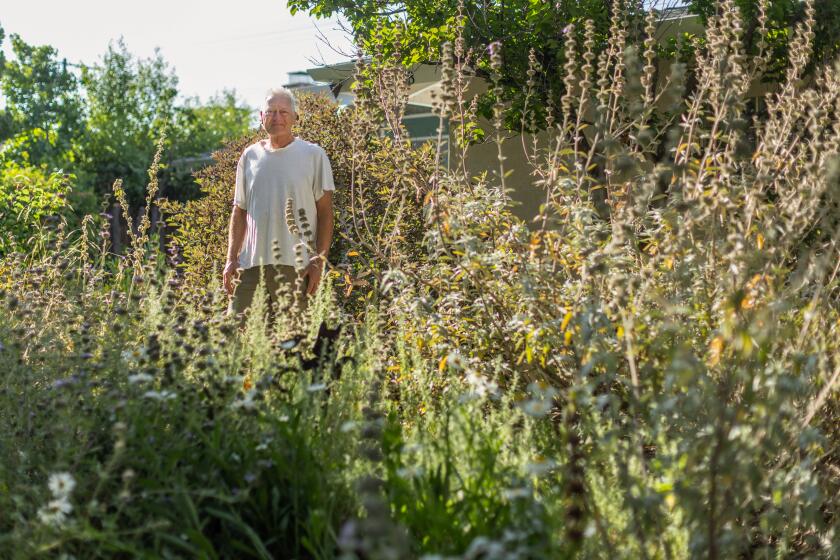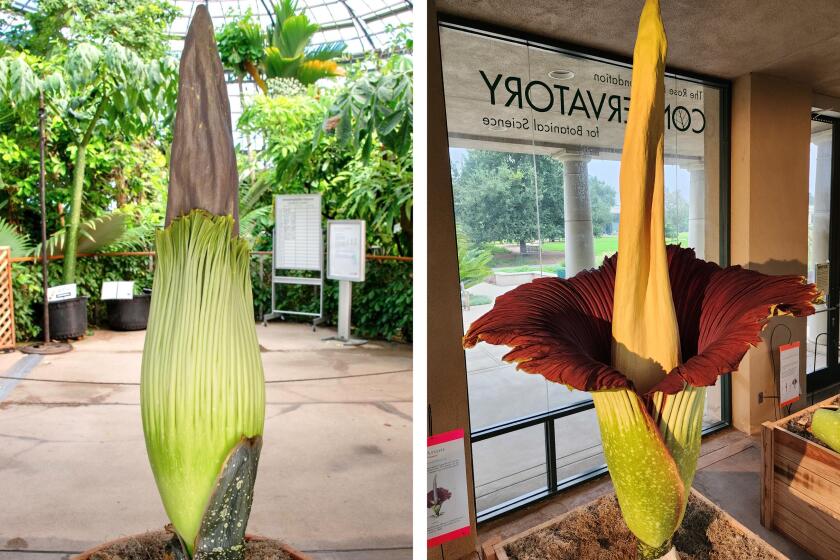August Gardening Specifics
Weather conditions along the coast have been unusually gray and overcast with little sun for several weeks now. These conditions cause many flowering plants like geraniums, hibiscus, bougainvillea, star jasmine, flowering vines and even roses to perform poorly. Don’t panic. Once there are consistently warm, sunny days we will quickly see a flush of new growth and an abundance of flowers. Continue to feed your showy perennials and common garden shrubs on a regular basis using a balanced food like 10-10-5 once a month.
When choosing annual color to brighten your garden, be sure to pick plants that will thrive in the upcoming hot season. Choose marigolds, phlox, dahlberg daisies, lobelia, zinnias, red or blue salvia and petunias. If you see Iceland poppies or pansies in the nurseries during late August or early September, remember that these are cool/cold season plants and will suffer in the hot weather we typically experience from late August through October. November brings cool mornings and evenings and this is a much better time to plant cool season annuals.
Salvia, lavenders and ornamental grasses are the ideal perennials to get into your garden now because selection is optimum. They are a great addition to any garden and the plants will have a chance to acclimate to their new environment and establish nice deep roots before the cooler and shorter days of fall and winter when plant growth slows down.
August is the preferred month to prune roses slightly harder than the usual deadheading. Instead of pruning to the second leaf containing five leaflets (preferably above an outward facing bud), prune to the fifth or sixth leaf. By doing this, you will initiate strong new growth of bloom-abundant canes.
Disease and insect problems can be especially damaging during August. Keep an eye out for mite damage. Although mites are difficult to see with the naked eye, the damage is easily detected. An over-all yellowing of foliage and a stippling of tiny yellow dots on the leaves are good indications of a problem. A fine mist of water (using a mist-fogging nozzle) to the underside of the foliage will slow them down, but a miticide, such as Pentac, will stop the insects.
Powdery mildew and rust are a continuing problem, especially along the coast. Powdery mildew appears as a white powdery substance on the upper surface of the foliage and rust as a rust-orange substance on the underside. Control both problems by avoiding overhead watering and keeping any debris from collecting under the plant. If you do see rust or mildew, spray with Ortho’s Funginex, applying to both the top and undersides of foliage.
And General August Care Tips
Sow seeds for winter-flowering sweet peas if you want blooms by New Year’s Day. Be sure to buy seed packages marked “early-blooming” or “winter blooming.” These varieties perform better in cool temperatures than others meant to bloom in warm weather.
Cut hydrangea stalks that bloomed this year to 12-inches above soil level. This will initiate new growth and more blooms.
Feed citrus and avocadoes.
Pinch off fuchsia seed pods to extend flower production.
Harvest summer vegetables often so plants will produce an abundant crop.
For beautiful red and orange color in the fall, plant a pomegranate tree or shrub.
To give your yard a fresh, new look, uproot plants that have overgrown their space.
Before you plant perennials or annuals, prepare the planting bed well: Dig down 18 inches and work in organic matter.
For a “berry” good holiday season, plant berried shrubs now for garden color and holiday decorations.
Keep fallen leaves raked off the lawn and out of flower beds. Certain pests love to set up house under them.
Source: Cristin Fusano, Color Specialist/Horticulturist, Sherman Library and Gardens
Source: California Assn. of Nurserymen.



